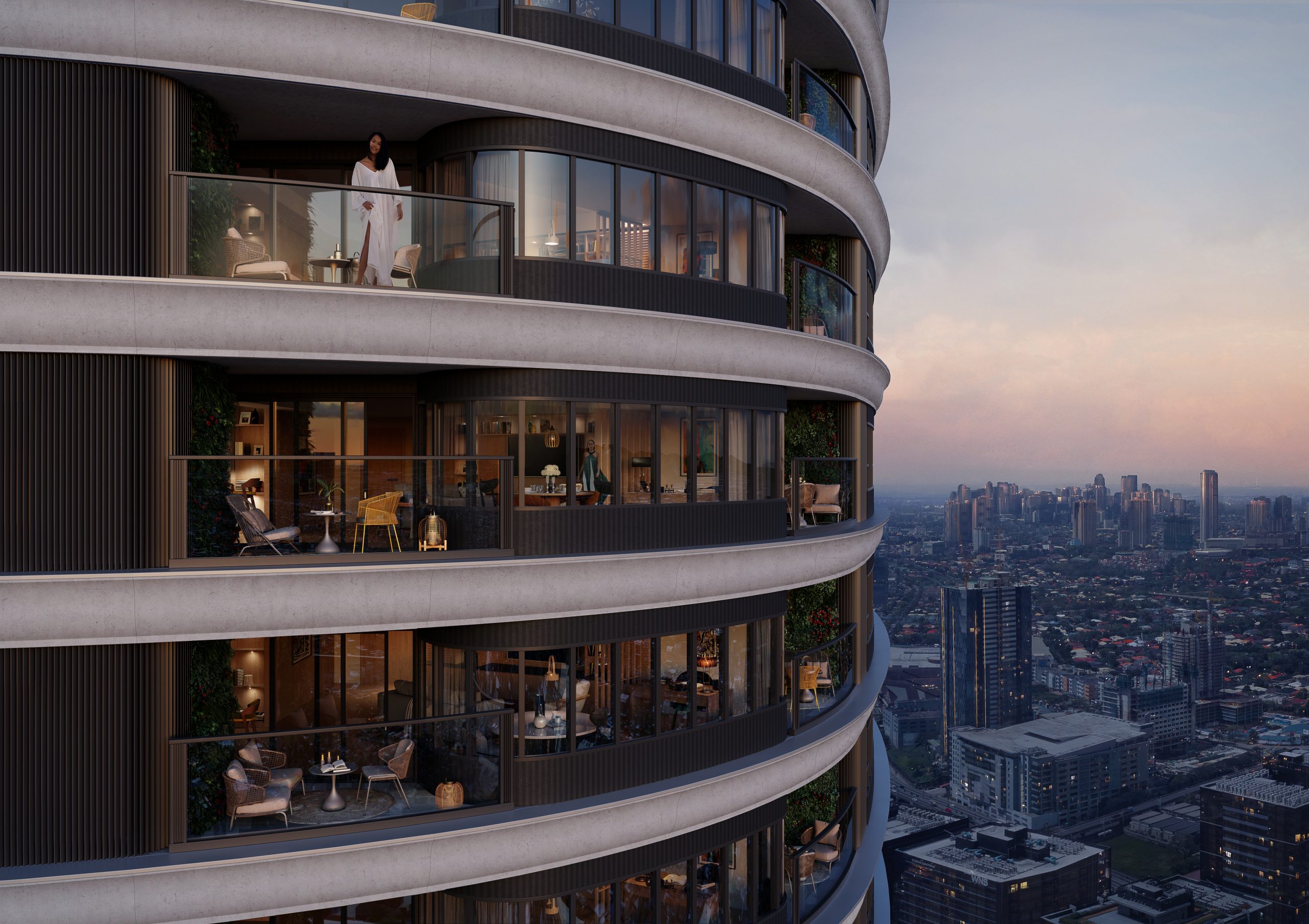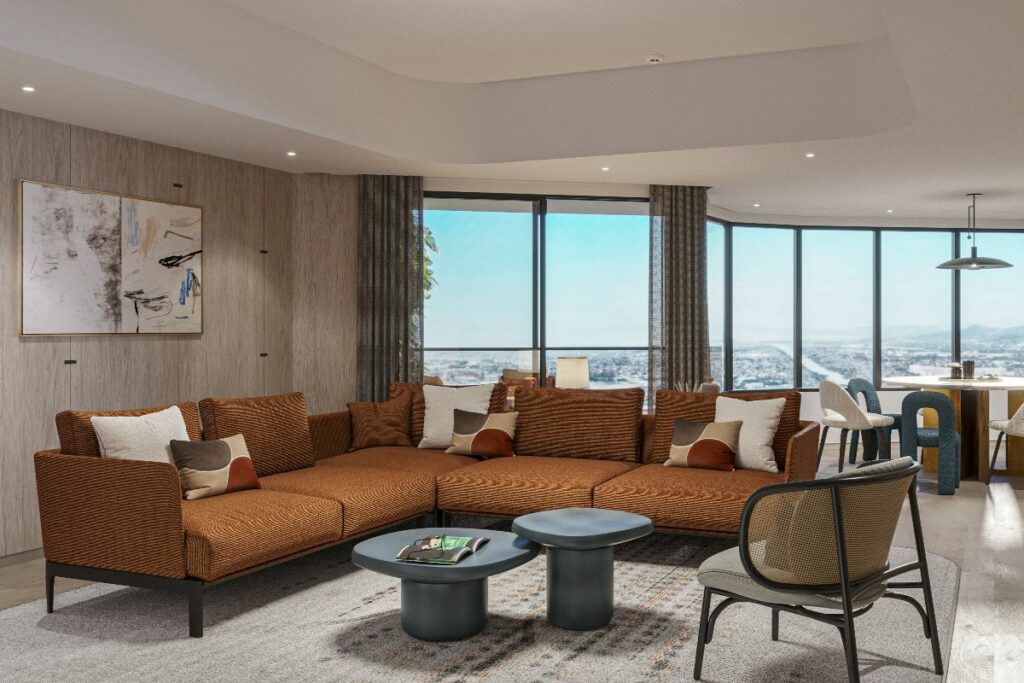Luxury condominiums on the rise

By now, we are all used to hearing or reading about how real estate is among the best investment options available today due to its low-risk nature, high return and capital appreciation potential, and its status as a viable hedge against inflation.
However, today’s talk of the town is: Are luxury condominiums, a segment of the real estate sector that has been in some form of hiatus in recent years, worth the investment?
The quick answer to that question is yes. But if you need convincing, here are five rationales that make sense.
High demand, limited supply
According to Colliers Philippines’ latest report, the luxury condominium market in Metro Manila has shown immediate recovery following economic instability as it started making a comeback in 2022. Data from the leading real estate service and management firm revealed that the segment accounted for 34 percent of total take-up, driven by projects in major central business districts such as Fort Bonifacio, Bay Area, and Ortigas central business district.
The demand is there—pent-up even, given many families’ preference for exclusivity and unparalleled comfort. This alone is reason enough to invest in luxury developments.
And while there are tons of condominiums in Metro Manila today, most of these buildings cater to middle-income earners, leaving us with a limited supply of upscale units and a flock of interest, inquiries, and reservations as to when such development becomes available. With this, we can expect premium developers to explore the luxury segment and launch more high-priced residential units.
Take One Forbes Town by Megaworld, Haraya Residences by Shang Properties Inc. and Robinsons Land Corp., Edades by Rockwell Land. These luxury developments appear to be gaining traction even without much heavy marketing.
Leveraging savings for luxury assets
For many affluent families the lockdowns and travel restrictions at the height of the pandemic forced them to save money. That excess money is now being used to expand their portfolio of real estate assets.
With the reopening and the steady growth of the Philippine economy, this segment of discriminating consumers is eager to spend, but they also have security in mind following the recent global financial meltdowns.
So they’re not just about to spend on anything—they are on the prowl for something worth investing. And high-end luxury condominiums will, without a doubt, become their go-to assets. They are high-performing and can yield better returns.
Eager for independence and practicality
The sons and daughters from affluent families that usually own old and big houses in private subdivisions and gated communities are growing up and getting married.
Most of them are likely to prefer luxury condos rather than their family homes not only due to their eagerness for independence but also out of practicality, because while both types of property can offer exclusivity and privacy, the former offers the advantages of living in a masterplanned community, of having access to upscale indoor and outdoor amenities, of being easier to maintain, among others.
Empty-nesters
Likewise for the aging parents, often retirees, left at home by their now-familied offspring, these individuals or what we call empty-nesters who live in their big houses in private subdivisions and gated communities are now looking for alternative homes that are easier to maintain.
Nostalgia aside as their homes may be old and full of memories, maintaining a home may be too much for them, so most are opting to rent out their houses instead — a smart move for anyone looking for an additional or just passive revenue stream. But where do these empty-nesters go?
Without forgoing the luxurious life and having a passive income to afford a new place to live in, they opt for upscale developments that are, again, easier to maintain.
These luxury condominiums provide the same level of lifestyle but in a more compact and secure environment. It is like hitting two birds with one stone as they are earning passively by making their homes an income-generating asset while they are also expanding and diversifying their real estate portfolio—an excellent move to lessen the impact of any unforeseen downturns such as the recent global economic crises.
Flight to quality
Following the latest report by Colliers, the company recommended for developers to improve their upscale facilities and amenities further to “gain a competitive advantage in the thriving luxury residential segment.”
Luckily, with trends highly influenced by the West and given the unwavering competitive nature of the real estate industry, there is always a demand for better quality. With concrete evidence related to the surge in demand in the luxury condominium segment, upscale developers are expected to further innovate to provide something better than what is available—be it in their design philosophy, floor plans, security and technology, and the quality of life and the level of comfort they offer, making future high-end developments enticing for the affluent market.
The author is an executive director of W+B Advisory Group
Categories


